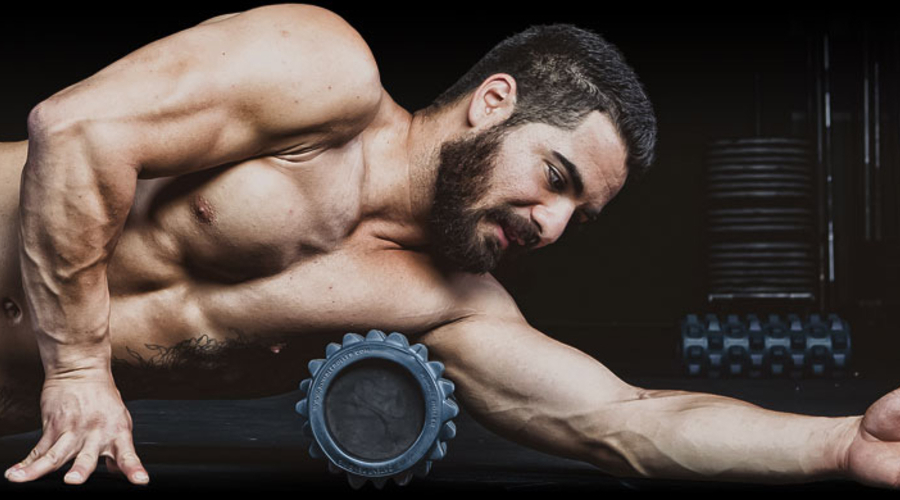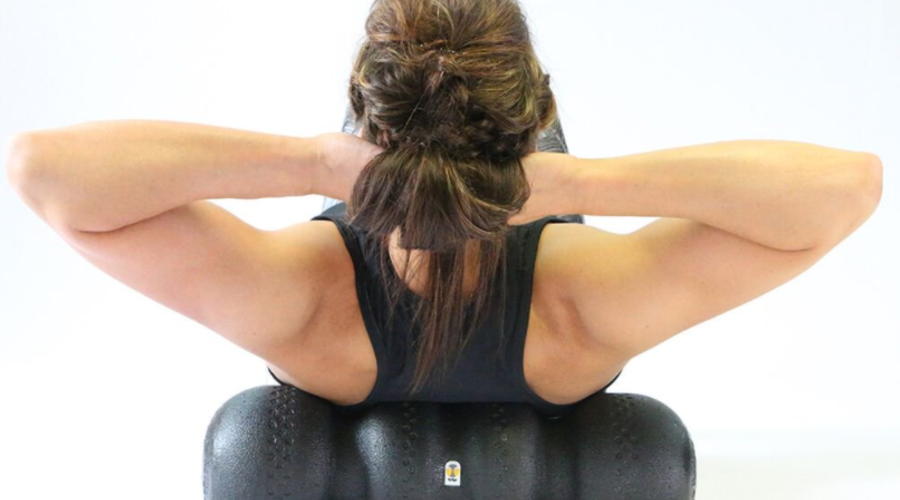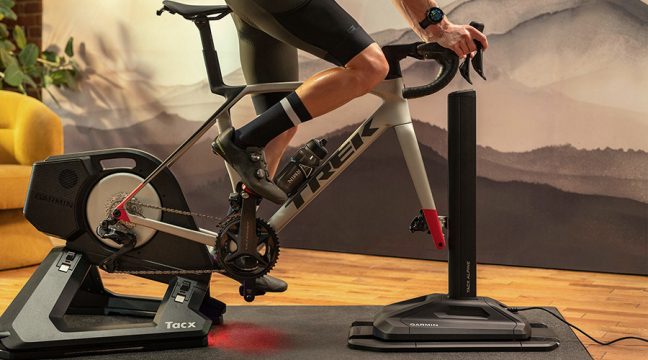Are you using your foam roller correctly? We tapped the expertise of BoulderCentre for Orthopedics’ Bridget Myers, PT, DPT, to find out.
Writer: Carly Terwilliger
Working on upping your fitness game this summer? You’ll need more than cardio and strength training. Supportive measures like nutrition and a good recovery strategy are becoming a bigger part of basic fitness regimens.
But are you making the most of your tools?
Whether recovering from an extra-intense workout or coming back from an injury, fitness gadgets like foam rollers are only effective when used correctly. That’s where pros like Bridget Myers, a Doctor of Physical Therapy (DPT) at BoulderCentre for Orthopedics, come in.

 Have you used foam rollers yourself while recovering from an injury? If so, what was your experience? Foam roller usage post-injury can be an important tool in injury recovery – and actually in prevention. However, it needs to be incorporated appropriately and not increase injury symptoms. For example, when I had a calf tear I utilized the foam roller for increasing tissue extensibility and stimulating circulation by rolling my calf and hamstrings. Using the foam roller helped me increase my tissue pliability and allowed me to improve my function, including walking and standing.
What’s your go-to product when you yourself get injured? Why? It depends largely on the injury, but I really feel manual therapy to be an important component to injury recovery. Soft tissue work and joint mobilization play an important component in recovery. In addition, stretching, appropriate taping techniques for mechanical stabilization of the tissue/joint, and appropriate therapeutic exercises are vital. Athletes often re-injure themselves by returning to sport or activity too early post injury, thus turning an acute injury into a chronic condition and making it potentially increased recovery time.
I also strongly believe in neurological re-education of the muscles. The body has a lot of receptors that include joint receptors, neural responses and connective tissue. By appropriately re-engaging these receptors is vital to return to sport without re-injury. I believe in Kinesiotaping, which can facilitate or inhibit (depending on direction and style taped) muscles and can mechanically stabilize an area to help decrease pain and improve functional mobility. For example, with my calf injury, I taped my calf to help stabilize it after using the foam roller to improve my tissue pliability longer term and allow me to walk with a normal gait pattern and without pain.
Lead photo courtesy Rollga, additional photos courtesy BoulderCentre for Orthopedics and Rumble Roller
Have you used foam rollers yourself while recovering from an injury? If so, what was your experience? Foam roller usage post-injury can be an important tool in injury recovery – and actually in prevention. However, it needs to be incorporated appropriately and not increase injury symptoms. For example, when I had a calf tear I utilized the foam roller for increasing tissue extensibility and stimulating circulation by rolling my calf and hamstrings. Using the foam roller helped me increase my tissue pliability and allowed me to improve my function, including walking and standing.
What’s your go-to product when you yourself get injured? Why? It depends largely on the injury, but I really feel manual therapy to be an important component to injury recovery. Soft tissue work and joint mobilization play an important component in recovery. In addition, stretching, appropriate taping techniques for mechanical stabilization of the tissue/joint, and appropriate therapeutic exercises are vital. Athletes often re-injure themselves by returning to sport or activity too early post injury, thus turning an acute injury into a chronic condition and making it potentially increased recovery time.
I also strongly believe in neurological re-education of the muscles. The body has a lot of receptors that include joint receptors, neural responses and connective tissue. By appropriately re-engaging these receptors is vital to return to sport without re-injury. I believe in Kinesiotaping, which can facilitate or inhibit (depending on direction and style taped) muscles and can mechanically stabilize an area to help decrease pain and improve functional mobility. For example, with my calf injury, I taped my calf to help stabilize it after using the foam roller to improve my tissue pliability longer term and allow me to walk with a normal gait pattern and without pain.
Lead photo courtesy Rollga, additional photos courtesy BoulderCentre for Orthopedics and Rumble Roller











